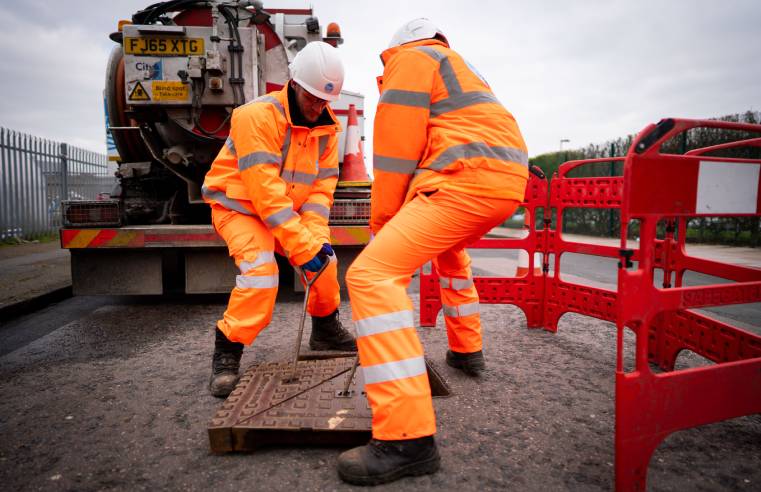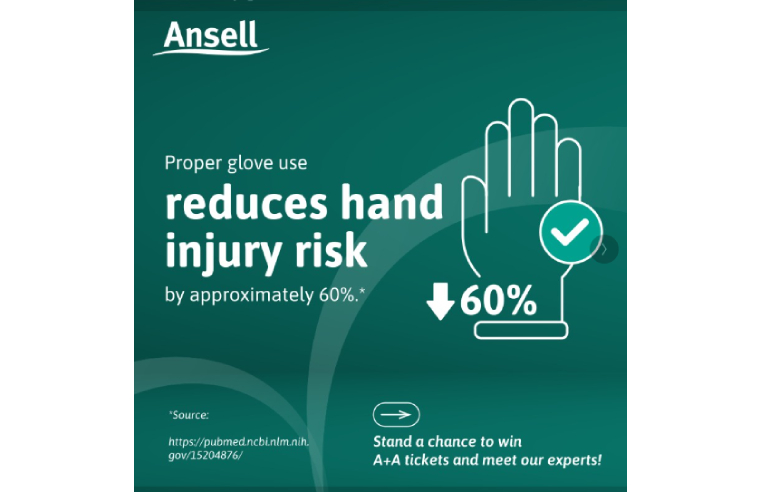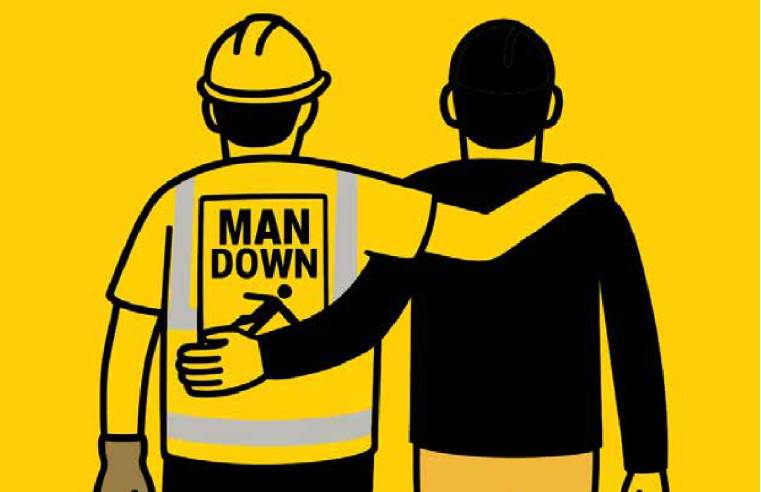A health and safety-conscious Thames Water team which maintains thousands of miles of sewers is celebrating a record four years without a lost-time injury (LTI).
The Thames Valley Networks team comprises 163 waste engineers, field tech specialists and field managers who not only look after themselves, but the waste pipes serving 262 sewage treatment works in places like Slough, Reading, Oxford and Swindon.
It has now been four years since a member of the team, made up of 31 Thames Water staff and a further 132 field technicians working for contractors Lanes, suffered an LTI – which involves having to take the following day off work.
This is the longest period any operational area with field-based technicians has achieved in Thames Water’s wastewater networks.
Karen Nelson, Thames Valley Regional Network Manager, said: “The health, safety and wellbeing of the team is my top priority. It is essential that everyone returns home safe and unharmed, especially when they are giving so much of their life to the work we undertake to safeguard customers and the environment.
“I’m so proud of the whole team who all help to keep each other and themselves safe, each and every day. The frontline can be incredibly demanding, challenging and stressful for a number of reasons, yet we have achieved four years without a lost time injury. This is an incredible achievement and is not something that happens by chance.”
There are at least 8,500 miles of gravity sewers and many more miles of rising mains across the Thames Valley region. One of the largest is a 3.2-metre-wide pipe crossing Christchurch Meadows in Oxford, while one of the longest is the three-mile High Wycombe to Marlow transfer main.
The team carry out proactive repairs and inspections, and respond to reports of blockages of wet wipes, fat and tree roots. They are also responsible for surface water in many areas and maintain several balancing ponds which are designed to alleviate flooding by holding rain and surface water during wet weather.






























